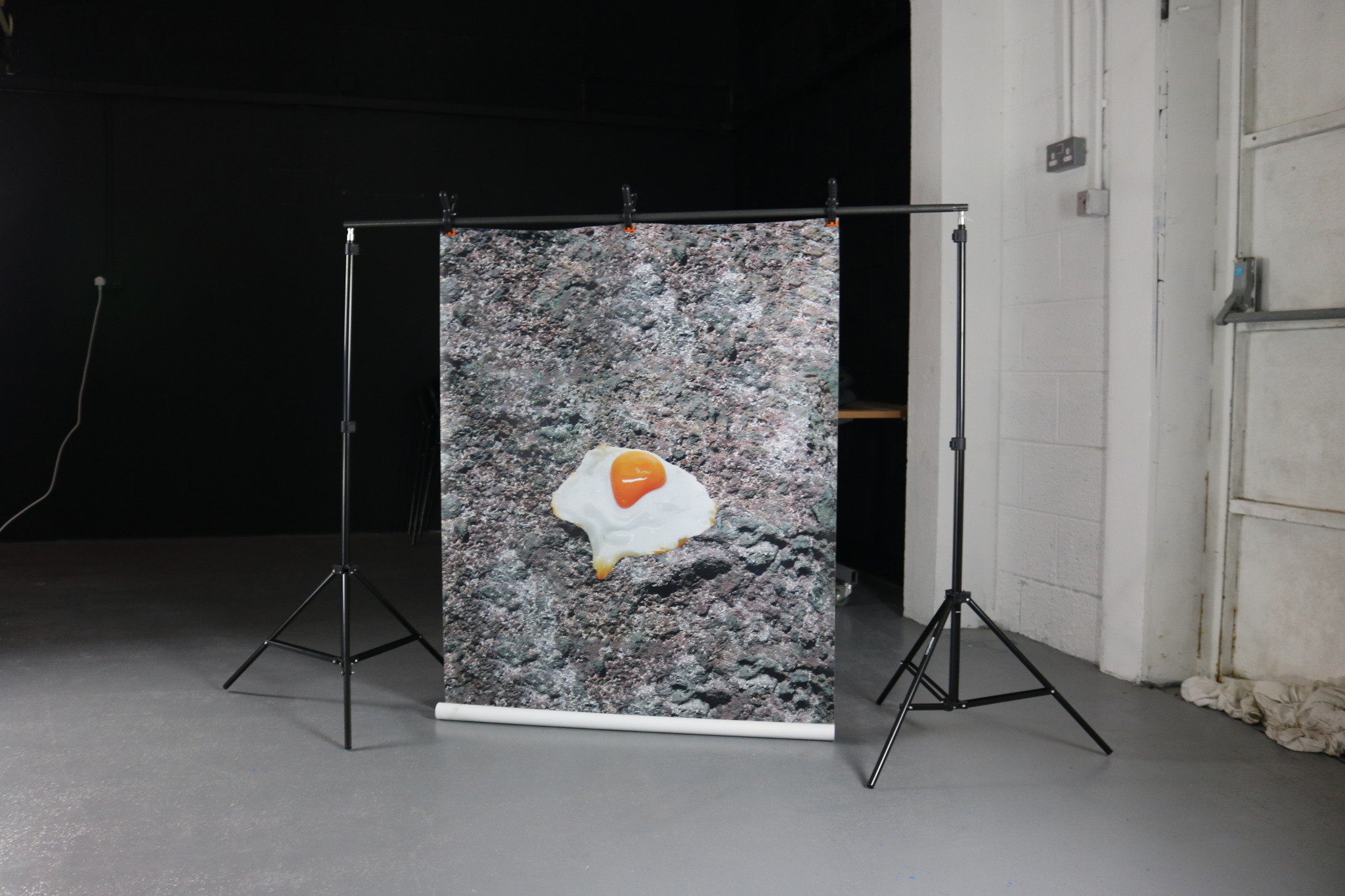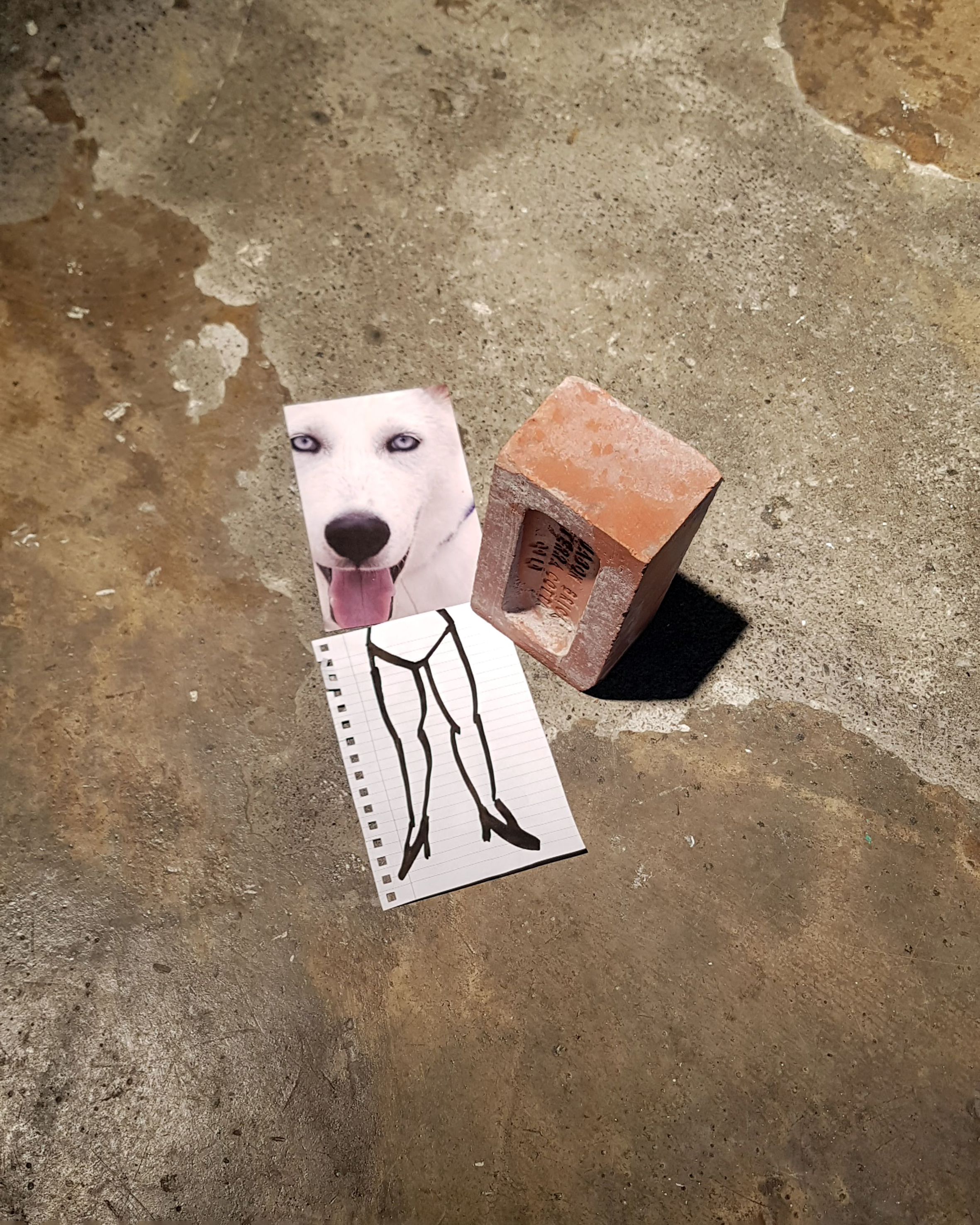Brain Worms: Redux
126 Artist-Run Gallery, Galway, IE
October 2021




🗯️ In evolutionary biology, neoteny is a process of juvenalization. The term describes a phenomenon where it is possible to see the retention of infant characteristics of earlier species in adult forms of later, more advanced species. Adult humans, for example–with our large heads and hairlessness–resemble some forms of infant primates, and adult domestic cats–with their small frames and tendency towards playfulness–resemble in some ways kitten forms of earlier big cats.
According to the science fiction writer Jonathan Lethem, in his ‘State of the Cinema Address’ at the 2012 San Francisco International Film Festival, this biological concept could also describe the process of evolution within the arts. For instance, rock and roll could be regarded as "a neotonous development of jazz", insofar as it remediates elements of jazz but "with a new tempo, style, and purpose". According to Lethem, neoteny can also be seen in people’s "preference to the sketch over the finished painting, the demo tape over the finished track, or the rehearsal over the final performance onstage". Aesthetic neoteny celebrates playfulness, and demonstrates a willingness to be unfinished, to leave problems unresolved in the work. This childlike playfulness, as well as this hesitancy and indecisiveness, demonstrates to Lethem how art might respond to a postmodern world; a world of global capital, hyper-connectivity and hyper-velocity.
According to the science fiction writer Jonathan Lethem, in his ‘State of the Cinema Address’ at the 2012 San Francisco International Film Festival, this biological concept could also describe the process of evolution within the arts. For instance, rock and roll could be regarded as "a neotonous development of jazz", insofar as it remediates elements of jazz but "with a new tempo, style, and purpose". According to Lethem, neoteny can also be seen in people’s "preference to the sketch over the finished painting, the demo tape over the finished track, or the rehearsal over the final performance onstage". Aesthetic neoteny celebrates playfulness, and demonstrates a willingness to be unfinished, to leave problems unresolved in the work. This childlike playfulness, as well as this hesitancy and indecisiveness, demonstrates to Lethem how art might respond to a postmodern world; a world of global capital, hyper-connectivity and hyper-velocity.
The work in Brain Worms Redux is a neotenous development of the work made for Elinor O’Donovan’s debut solo show Brain Worms. Where the work was once formalised, well-lit and given a more traditional setting, here it is dark, sketchy, half-formed and loose. Exposing the nuts and bolts of the creative process, Redux represents a reinterpretation of the show’s original concept and begs the question: what use can art be, what influence can it have, if it is inarticulate and unformed?
The show’s title borrows from Francis Ford Coppola’s 2001 re-work of his formative Vietnam War movie Apocalypse Now. Twenty-two years after Coppola’s Apocalypse Now was released in cinemas, the director returned to re-edit his self-described magnum opus, adding 49 minutes of material that had been removed from the 1979 original. The result, Apocalypse Now Redux, was a significant re-imagining of the original film, with many of the previously edited scenes edited anew from their early, uncut forms - as if for an entirely new film. Similarly, Brain Worms Redux is a new interpretation of the original work - the finished pieces regress into their natal forms - sketchy loose ideas which take the form of drawings and collages occupy the space, emerging from the darkness on tripods lit by photography spotlights.
Redux is a proto-exhibition which examines the processes through which ideas take shape, and the cultural references that directly and indirectly contribute to an individual’s imaginings of reality.
The show’s title borrows from Francis Ford Coppola’s 2001 re-work of his formative Vietnam War movie Apocalypse Now. Twenty-two years after Coppola’s Apocalypse Now was released in cinemas, the director returned to re-edit his self-described magnum opus, adding 49 minutes of material that had been removed from the 1979 original. The result, Apocalypse Now Redux, was a significant re-imagining of the original film, with many of the previously edited scenes edited anew from their early, uncut forms - as if for an entirely new film. Similarly, Brain Worms Redux is a new interpretation of the original work - the finished pieces regress into their natal forms - sketchy loose ideas which take the form of drawings and collages occupy the space, emerging from the darkness on tripods lit by photography spotlights.
Redux is a proto-exhibition which examines the processes through which ideas take shape, and the cultural references that directly and indirectly contribute to an individual’s imaginings of reality.